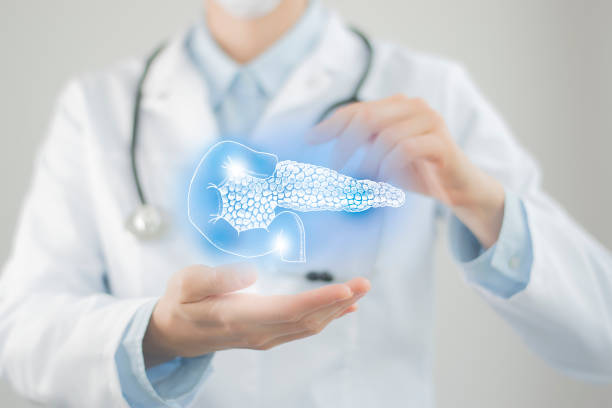Gallstones

Gall bladder is a small pear-shaped organ, below the liver that stores and concentrates bile from the liver. The bile is then released into the first section of the small intestine called the duodenum), where it helps digestion by breaking down and absorbing fats from food. At times the deposits of the digestive fluid form hardened deposits of varied sizes primarily composing of cholesterol, calcium and bilirubin. Gall stones can be asymptomatic, however when these develop to block a bile duct, it results in severe pain in the upper abdomen, nausea, vomiting and also can cause jaundice.
The key contributors for Gall Stones are
- Obesity,
- Rapid weight loss,
- Pregnancy,
- High-fat diet,
- Family history
- Some condition like Diabetes, high cholesterol, and certain medications can also contribute.
The most common and long-term option is the surgical removal of the gallbladder (cholecystectomy).
This is a laparoscopic procedure, thus results in faster recovery and lesser hospitalization.
Early detection of gallstone avoids complications like gallbladder infection or pancreatitis.

